Leadership Lessons with… Sara Beirne, Head of Digital at Grayling
This month we interviewed Sara Beirne, Head of Digital at Grayling. Sara shares her thoughts on virtual leadership, building a great company culture, and the importance of diversity in the workplace.
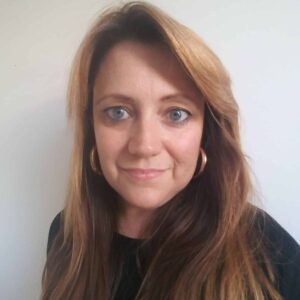 After two years of leading organisations remotely, what have you learned about virtual leadership?
After two years of leading organisations remotely, what have you learned about virtual leadership?
I’ve learned that working virtually means that you almost have to lead every single member of your team on a one-to-one level, as well as in a group. Managing my team remotely highlighted the diversity of personalities and individual team members’ needs and how these needed to be accommodated and heard in different ways. I had to be purposeful in making sure that my time was split evenly – and yes, it was intense! There’s only so much that you can get from what someone says when you can’t see their body language and it heightened my awareness of thinking about how much people were willing to say – and, in turn, what they weren’t saying.
How is remote/hybrid working affecting your company culture and what can leaders do to sustain culture for remote teams?
What has been highlighted to me is that different individuals need different things, but also that culture is not built on this idea of office perks. Increasingly, it has been made clear that younger workers do not want the things that a lot of older leadership assumed they did – like cool seating areas or games rooms. The thing that they really want is to be in a business and a culture where they feel valued and listened to – and you can do that virtually as well as in the office. It has been really refreshing to see a lot of the industry waking up to that fact and I think certainly at Grayling we’re lucky to have a strong HR presence and people department that was forward thinking in listening to what people wanted and needed rather than making assumptions. We don’t have all the answers yet, but that’s because a lot of people don’t know entirely what they need going forward – we’re certainly in a transition to understanding what hybrid really means.
Employees’ demands are changing beyond salary and benefits. What changes are you seeing and how can leaders meet these evolving employee demands?
I find it surprising that the industry has been shocked by workers wanting to see higher salaries considering that starting salaries, particularly in the communications industry, haven’t changed much in quite a few years despite the cost of living going up and up. In terms of what they’re looking for, again, it harks back to the point that they want to feel that they have a voice that is heard and that they are doing work that they genuinely care about and that they feel valued. They also want to feel like they’re being renumerated fairly for the job that they’re doing – for teams that I have managed in recent years it has always been about fairness and what they feel that they deserve. That’s fairness in terms of the hours that they work, when you’re asking them to work, how much you pay them, but also how they feel recognised for the work that they do. I don’t feel that that should feel as intangible as it does to some leaders, because it’s the same as I would expect for myself.
With an increasing focus on workplace mental health, how have you seen the industry supporting the wellbeing of its employees?
What has been interesting over the last few years, certainly compared to when I started in this industry, is that we have been discussing mental health much more and most of us are now much more open and honest and able to bring our whole selves to work. It has been really refreshing to see that there is much more of a conversation about creating a set of parameters within which we should all be working. It’s not just for the people that we manage, but also for leaders as well – it’s up to us to create a better working environment for everyone.
Post ‘the great resignation era’ – what challenges do you think leaders face in 2022?
We’re at a really difficult point where there’s going to be strain on budgets, especially in some areas where we’re not bringing in the revenue. If salaries are going up, where does that money then come from? Does it come from increasing your rates? Does it come from doing different types of work? It really depends on the business and the agency and there isn’t one solution for everyone. The way in which your business is set up in terms of margins and profitability may need to be something that needs to be reworked – yes, salaries are going up, but that is because the cost of living is also going up. I would only expect that to become a bigger conversation for all levels within businesses this year.
What do you think are the key qualities needed from leaders in 2022?
I’d say empathy, honesty and transparency – just being a bit more honest with ourselves and with each other. We need to have more of an open and honest conversation because that’s the only way in which we can make decisions within our businesses that will have genuine impact. We also need to ensure that we are hearing from individuals in every area and at every level within the business.
What skills sets do you think businesses within the public relations space will be looking for now and in the coming years?
Adaptability. When we think about digital roles there is quite often a lack of understanding about how broad the needs can be. Every business is going to potentially need different skill sets and so it’s about having that resource to cover a broader set of digital requirements and skills. Someone who has a background in social is not necessarily someone that can cover you when it comes to search or digital PR and what you might need to deliver to the client. You need to have people that are adaptable, but then also you need to know what deep skills and knowledge you require and have a broader list of deeply skilled people that you can lean on at different times. That may be a combat network of freelancers or other partners, agencies, and businesses, because every single brief that’s coming in right now is very different in terms of its needs. I think that it will be most efficient to have your core team as the ones who are most adaptable and understand what is needed, but also be able to identify where you require specialists to be brought in for specific projects.
What are your company’s objectives for Diversity and Inclusion in 2022 and what do you think leaders can do to drive diversity and inclusion within the workplace?
Grayling has a very proactive approach to D&I with compulsory training, a dedicated taskforce and multiple partnerships and recruitment programmes. From a personal perspective, I think the whole industry needs to stop the misguided idea that team culture comes from hiring similar mindsets and people that you want to go to the pub with. Diversity is not just about ticking boxes in terms of people’s ethnic background or their gender, but really thinking about how you can hire people from different walks of life. When it comes to some of the digital roles in communications, we have the opportunity to hire from a variety of backgrounds – advertising, digital marketing, those who have come from more technical backgrounds – and that gives us access to a much bigger pool of talent. It is for this reason that I have found that digital marketing teams tend to be a bit more diverse than communications teams. But that doesn’t mean that we can assume that that’s actually going to happen in reality; it’s up to us to demonstrate how to hire with an open mind and be proactive in seeking diverse talent.
It’s very important that I do not have a team that looks and sounds the same, because that is when you get into situations where you have campaigns that completely fall flat because they’re coming from a one-dimensional viewpoint or with inherent cultural bias. In communications our job is to engage audiences, so we need to be asking who we are looking to speak to, how we are doing that and how it will be interpreted. It’s important to interrogate what the skills are that you need and what kind of experience will benefit the team. This is why a diverse team is not just of great value but necessity.
There is increasing expectation on companies and CEOs to lead on sustainability practice in line with 2030 Global Goals. What ESG strategies can leaders adopt for sustainable development and purpose?
It depends on who your clients are and what you’re doing for them. Ask yourself who are your clients? Are they clients that you are proud to work with and are you doing work that can potentially put you in a position where you’re able to have conversations with those that matter to make some kind of real change?

 After two years of leading organisations remotely, what have you learned about virtual leadership?
After two years of leading organisations remotely, what have you learned about virtual leadership? 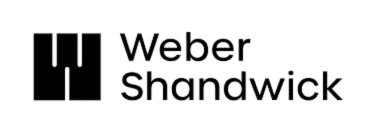

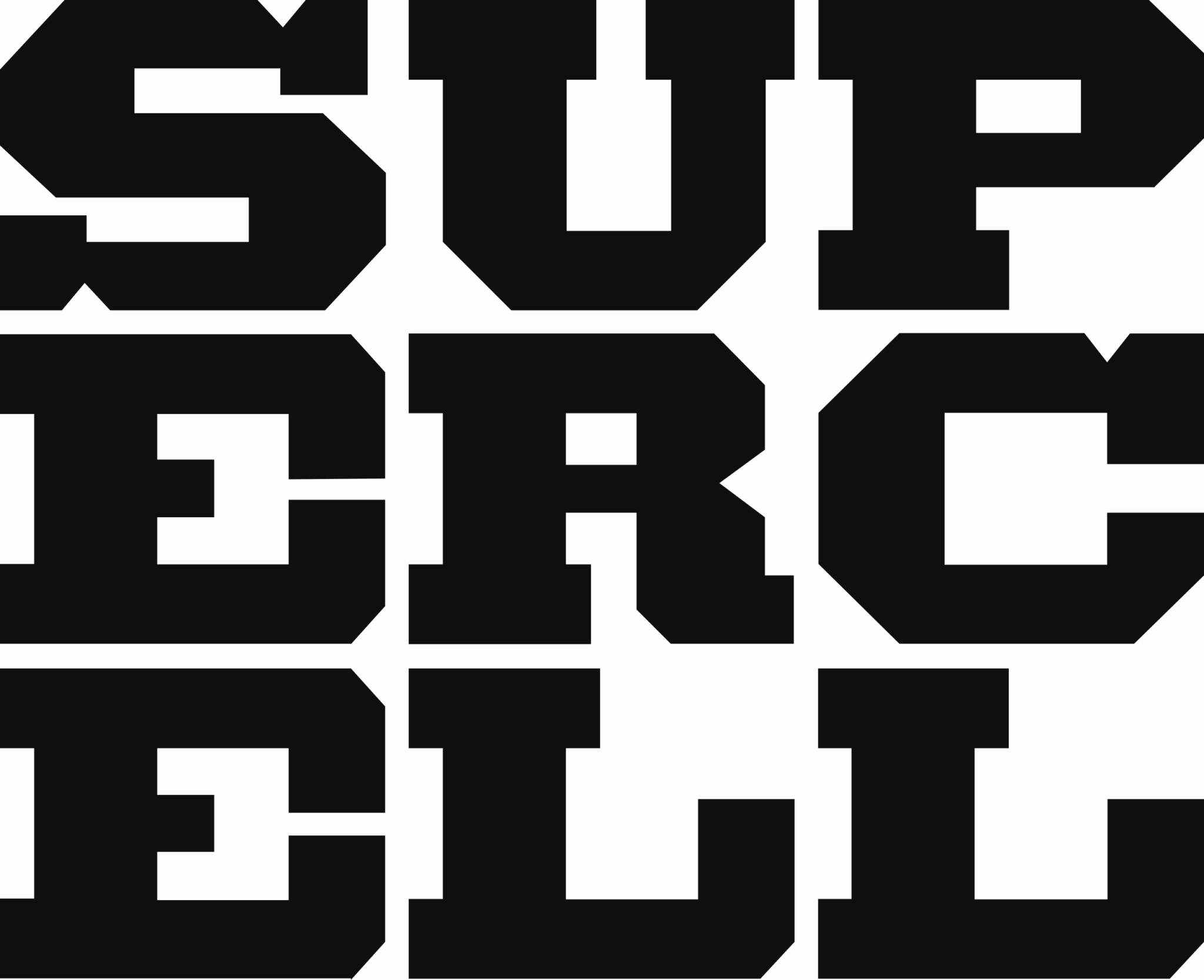
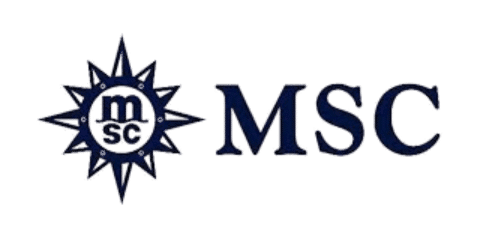


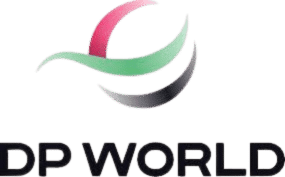



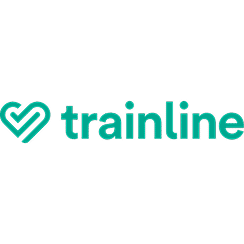


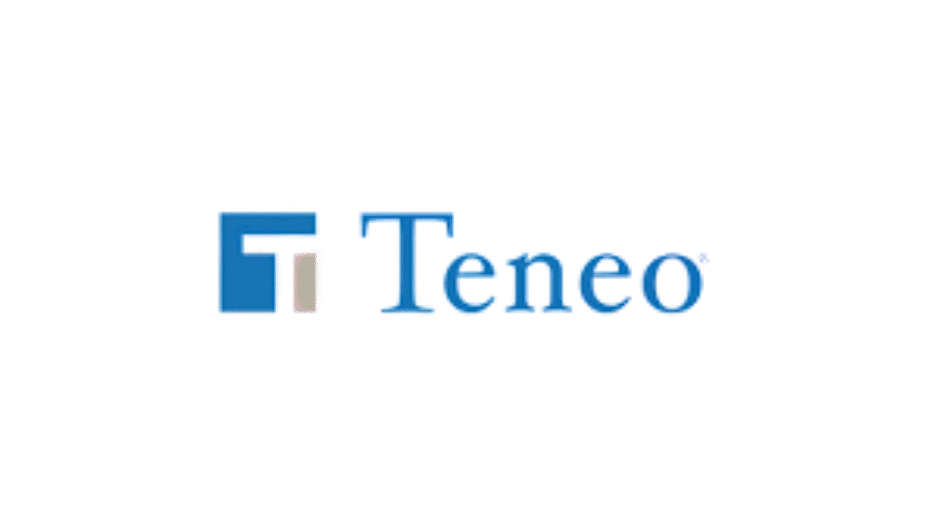







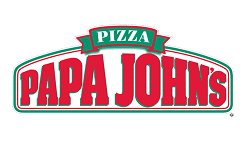



 Career Enquiry
Career Enquiry
